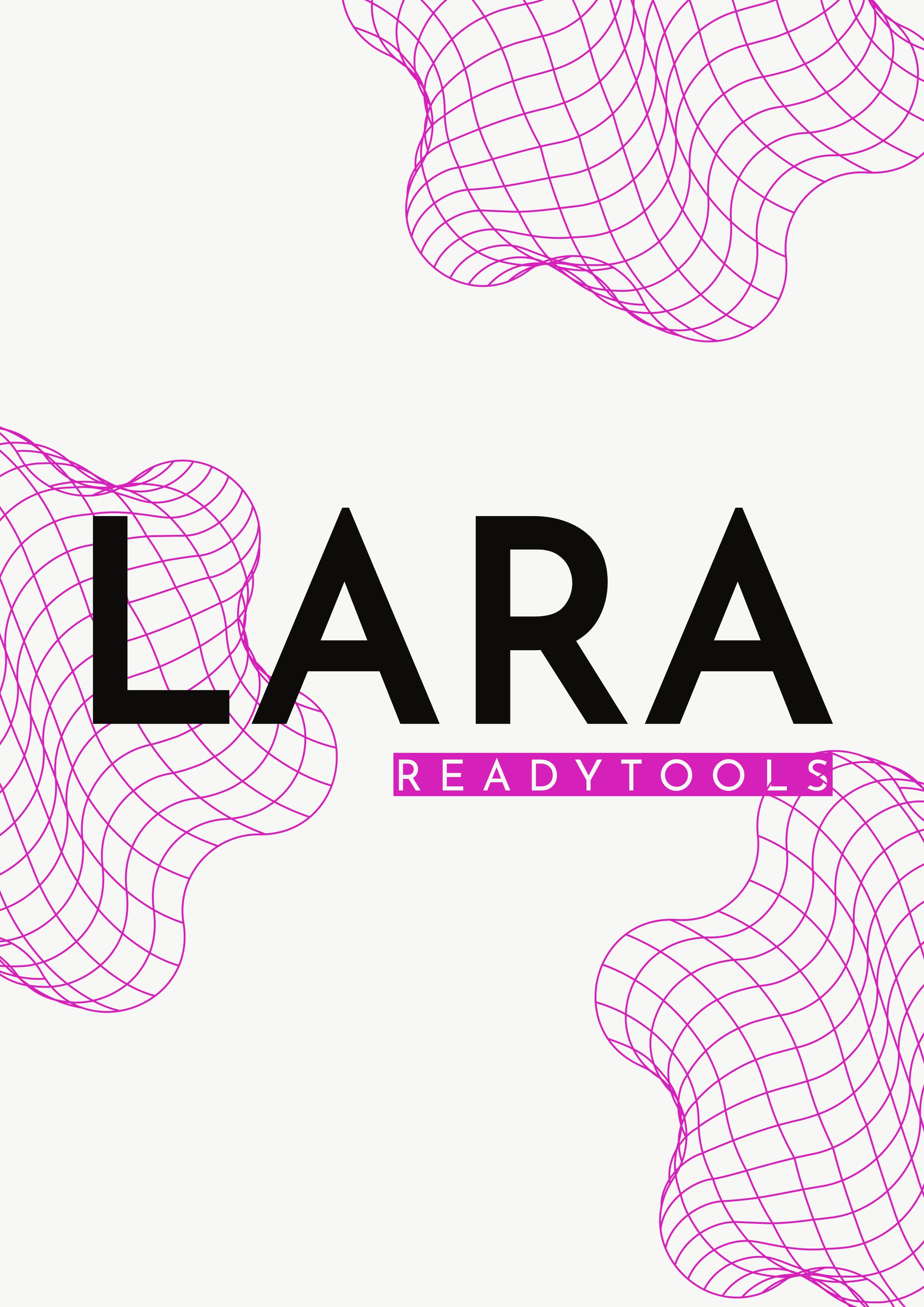Subsets and Proper Subsets
A set A is a subset of another set B if every element of A is also in B. If A and B are given sets, we say: A is a subset of B if for every a ∈ A, a ∈ B.
If A is a subset of B, we denote it as A ⊆ B.
Proper Subset
If A ⊆ B, but B has at least one element not in A, then A is a proper subset of B. We denote this as A ⊂ B.
Example: If A = {1,2} and B = {1,2,3}, then A ⊂ B, because 3 is in B but not in A.
Examples
- If A = {apple, pear}, B = {apple, pear, peach}, then A ⊂ B.
- If C = {red, blue}, D = {red, blue}, then C ⊆ D, but not a proper subset.
- The empty set (∅) is a subset of every set.
Important Notes
- Every set is a subset of itself.
- The empty set is a subset of every set.
- For proper subsets, one always has fewer elements than the other.
Practice Exercise
We have reviewed and checked the materials, but errors may still occur. The content is provided for educational purposes only, so use it at your own responsibility and verify with other sources if needed.
✨ Ask Lara — your AI study partner
Unlock personalized learning support. Lara can explain lessons, summarize topics, and answer your study questions — available from the Go plan and above.
Lara helps you learn faster — exclusive to ReadyTools Go, Plus, and Max members.


